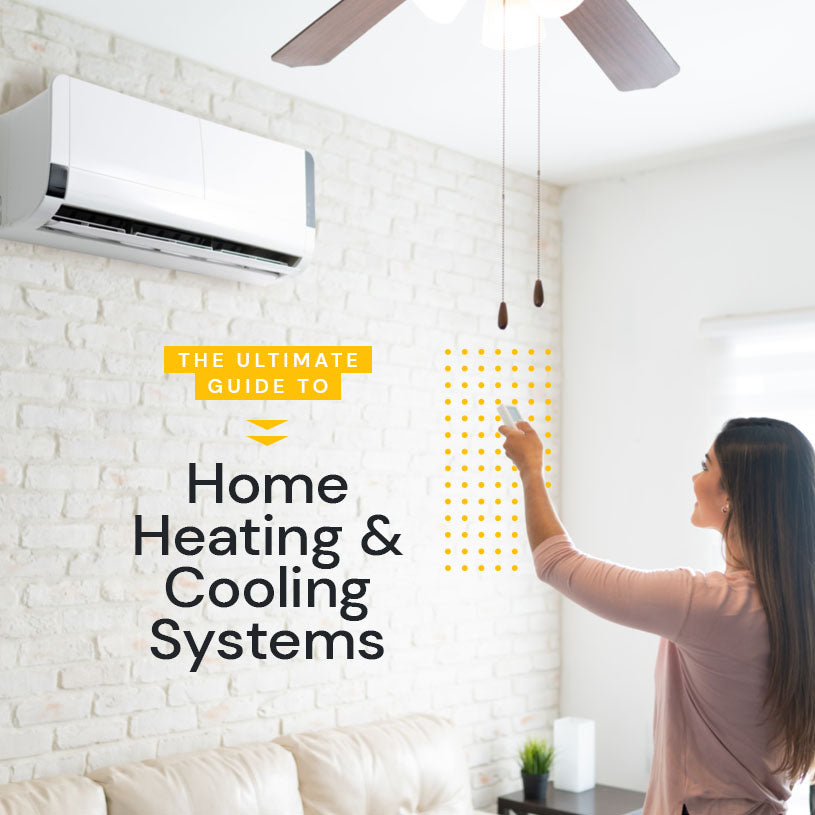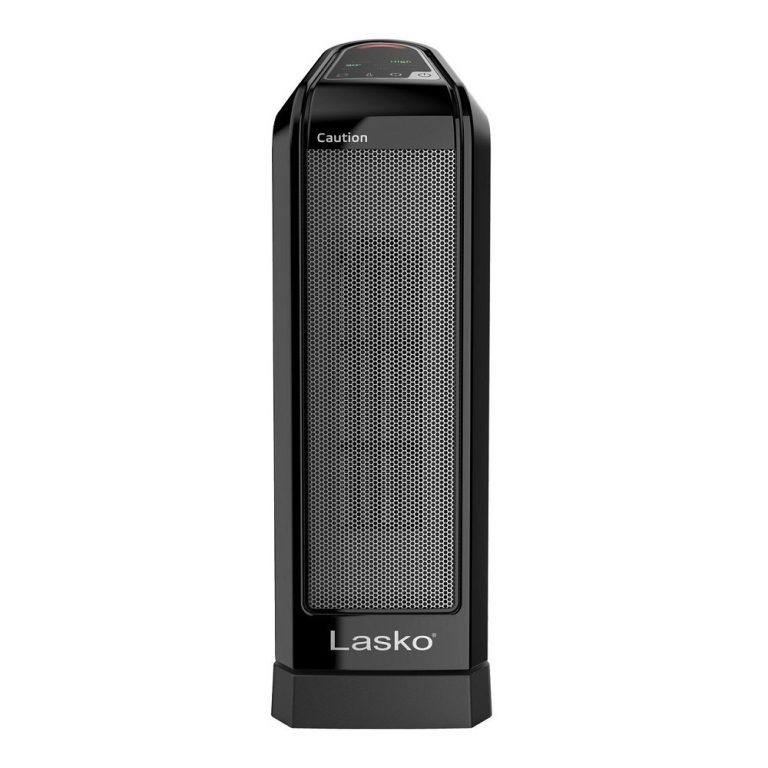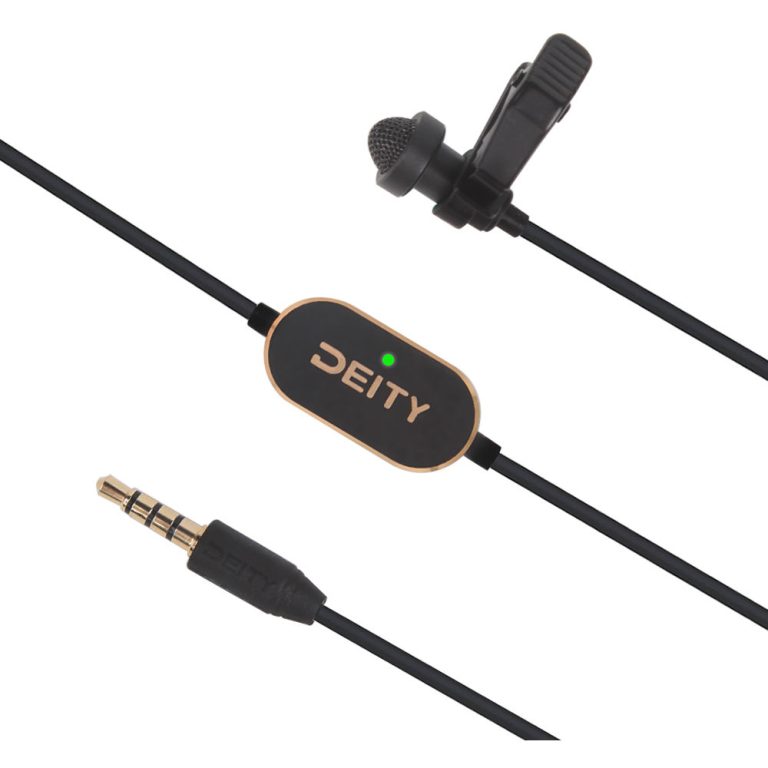Heating and cooling systems are vital for maintaining a comfortable indoor environment year-round. As homeowners and renters look to optimize energy efficiency and comfort, understanding the various types of heating and cooling systems can help them make informed decisions. This article delves into the different types of heating and cooling systems available, discussing their features, advantages, and typical applications.
Central Heating and Cooling Systems
Overview of Central Systems
Central heating and cooling systems use a single unit to provide warm or cool air throughout a building. These systems distribute conditioned air via ducts, ensuring consistent temperatures in each room. Central systems can utilize different fuel sources, including electricity, gas, and oil, depending on availability and cost-effectiveness.
Advantages and Considerations
One of the primary advantages of central heating and cooling is its ability to efficiently manage temperatures across larger spaces. This uniformity often leads to increased comfort, as rooms won’t have drastic temperature variations. Additionally, many central systems come with advanced thermostats that allow for programmable settings, helping homeowners save energy. However, installation costs can be significant, particularly for initial ductwork installation. Homeowners should also consider ongoing maintenance, including filter changes and periodic servicing, to keep the system running efficiently.
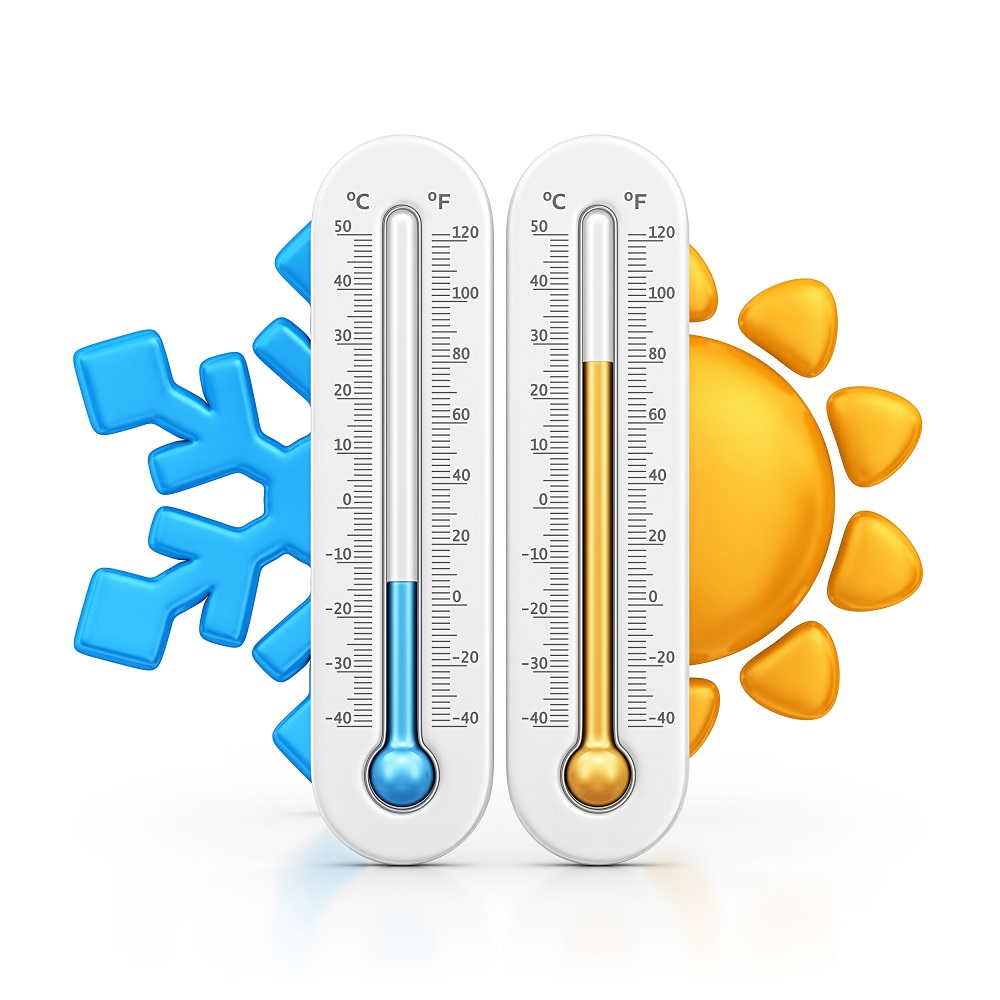
Ductless Mini-Split Systems
How Ductless Mini-Splits Work
Ductless mini-split systems consist of an outdoor compressor unit and one or more indoor air-handling units. These systems do not require ductwork, making them ideal for homes without existing ducts or for room additions. Instead, they use refrigerant lines to connect the indoor and outdoor units, allowing for efficient heating and cooling.
Benefits and Ideal Applications
One major benefit of ductless mini-splits is their energy efficiency. They often have higher SEER (Seasonal Energy Efficiency Ratio) ratings compared to traditional systems, leading to lower utility bills. Since each indoor unit can be controlled individually, homeowners can easily set different temperatures in different rooms, enhancing comfort. Ductless systems work well in a variety of applications, including single-family homes, multi-family units, and commercial spaces. However, upfront costs may be higher than traditional systems, which can deter some homeowners.
Heat Pumps
Understanding Heat Pump Functionality
Heat pumps work by transferring heat from one place to another rather than generating heat through combustion. During colder months, they extract heat from the outside air or ground and transfer it indoors. In warmer months, the process reverses, providing cooling by transferring heat from indoors to the outdoors. This dual functionality makes heat pumps highly versatile.
Advantages of Heat Pumps
One of the most significant advantages of heat pumps is their efficiency. Because they use electricity to move heat rather than producing it, they can offer a more efficient heating solution, especially in moderate climates. Heat pumps also tend to have a long lifespan and require less maintenance compared to traditional heating systems. However, their effectiveness can be reduced in extremely cold climates, where auxiliary heating may be necessary. Homeowners should consider their local climate and assess if a heat pump is the right choice for their needs.
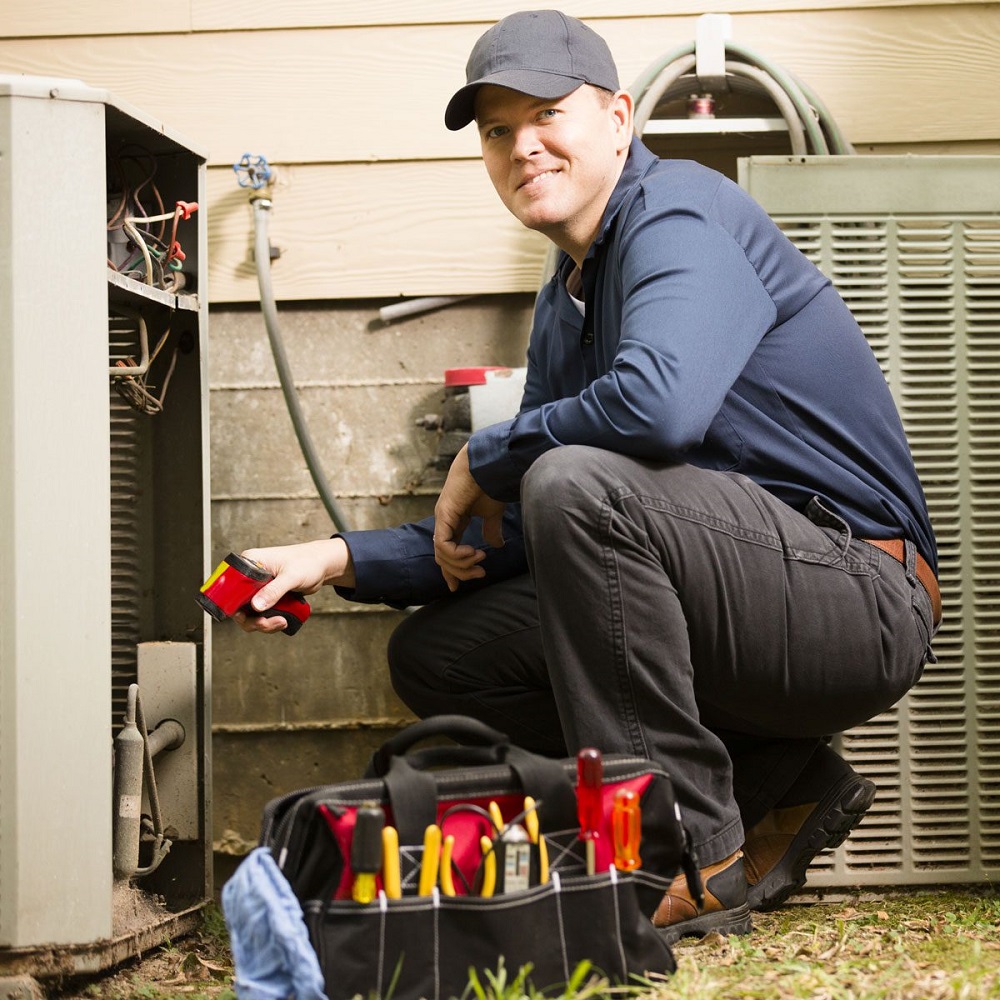
Radiant Heating Systems
Exploring Radiant Heating
Radiant heating systems heat spaces by warming surfaces instead of relying on air movement. This method can take several forms, including electric heating mats or water-heated piping installed beneath floors. The heat radiates from the floor or walls, creating a comfortable and consistent temperature throughout the room.
Benefits and Popularity
One of the primary benefits of radiant heating is comfort. Many people find this method of heating more satisfying because it eliminates cold drafts and provides warmth directly to the body. Radiant heating systems also operate quietly and require minimal maintenance. Additionally, they can be more energy-efficient than traditional methods, as they often require lower water temperatures compared to boilers. While installation can be complex and costly, particularly in existing homes, radiant heating remains a popular choice for new constructions and renovations.
Forced Air Systems
How Forced Air Systems Operate
Forced air systems are among the most common heating and cooling solutions in homes. These systems use a furnace or heat pump to heat or cool air, which is then distributed through ducts. The system uses a blower to push air into each room, creating a steady flow of conditioned air.
Efficiency and Flexibility
A significant advantage of forced air systems is their ability to provide both heating and cooling when paired with a central air conditioning unit. This dual capability makes them highly versatile. The flexibility in zoning allows for tailored temperature control in different areas of the home. The drawback of forced air systems is that air can sometimes become unevenly distributed, leading to hot and cold spots. Proper duct design and maintenance are essential to address these challenges and ensure optimal performance.

Window and Portable Air Conditioners
Understanding Smaller Cooling Solutions
Window and portable air conditioners are popular for cooling small spaces or individual rooms. Window units are mounted in a window and cool only the surrounding area, while portable units can be moved from room to room, providing flexibility. Most window and portable units operate using a simple refrigeration cycle to remove heat from the indoor air.
Convenience and Limitations
The primary advantage of these systems is their ease of installation. Homeowners can often set up a window air conditioner themselves without professional help. Portable units also offer convenience, as they can cool areas based on immediate needs. However, these cooling solutions may not be as efficient as larger central systems, and they typically lack the ability to heat during colder months unless designed as a dual-function unit. Regular maintenance, including filter cleaning, is essential for maximizing their lifespan and cooling effectiveness.
Choosing the Right System for Your Needs
Assessing Personal Requirements
When selecting a heating or cooling system, homeowners should consider various factors: the size of their space, local climate, budget, and personal preferences. Each type of system offers unique benefits and limitations, and understanding these can help you make an informed decision. It’s essential to evaluate your heating and cooling needs and the lifestyle of your household. For example, larger families may benefit from central systems that provide consistent comfort, while singles living in small apartments might prefer easy-to-install portable units.
Seeking Professional Guidance
Consulting with HVAC professionals can also provide valuable insights. They can evaluate your home and recommend the most suitable systems based on your specific needs. Additionally, they can provide installation and maintenance tips to ensure optimal performance and energy efficiency throughout the year. Staying proactive in maintaining your chosen system will ensure it operates efficiently and continues providing comfort to your home for years to come.
Conclusion
Understanding the various types of heating and cooling systems can empower homeowners to make informed choices that enhance both their comfort and energy efficiency. In today’s environmentally conscious world, knowing how to balance these factors is more important than ever. Each system has its unique advantages tailored to different living situations and individual preferences.
For instance, central heating and cooling systems are ideal for larger homes, providing uniform temperature control across multiple rooms. These systems not only promote comfort but also tend to offer energy efficiency through modern thermostats that can be programmed or controlled remotely. Homeowners looking to invest in a long-term solution often appreciate the robustness and consistency that central systems provide.
